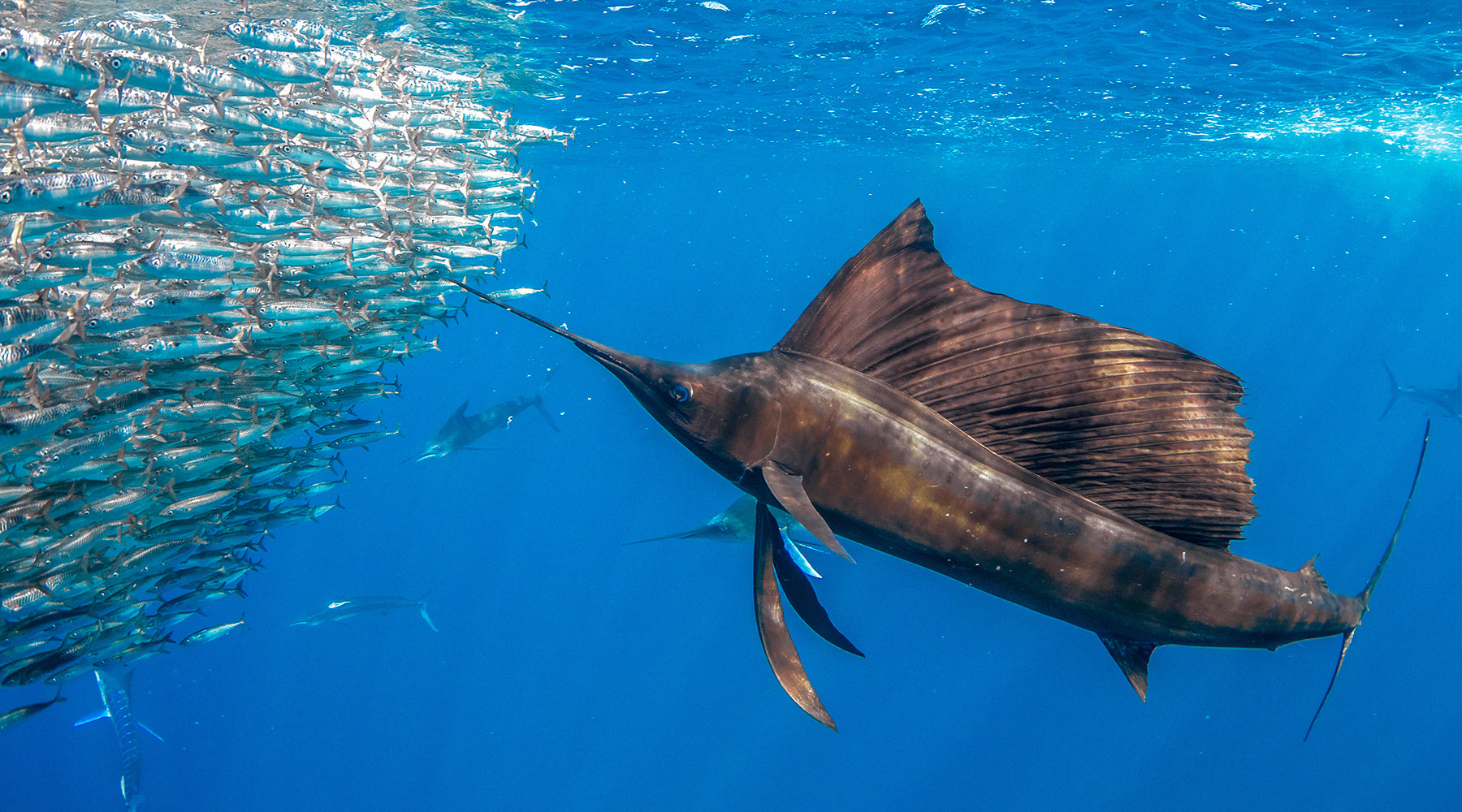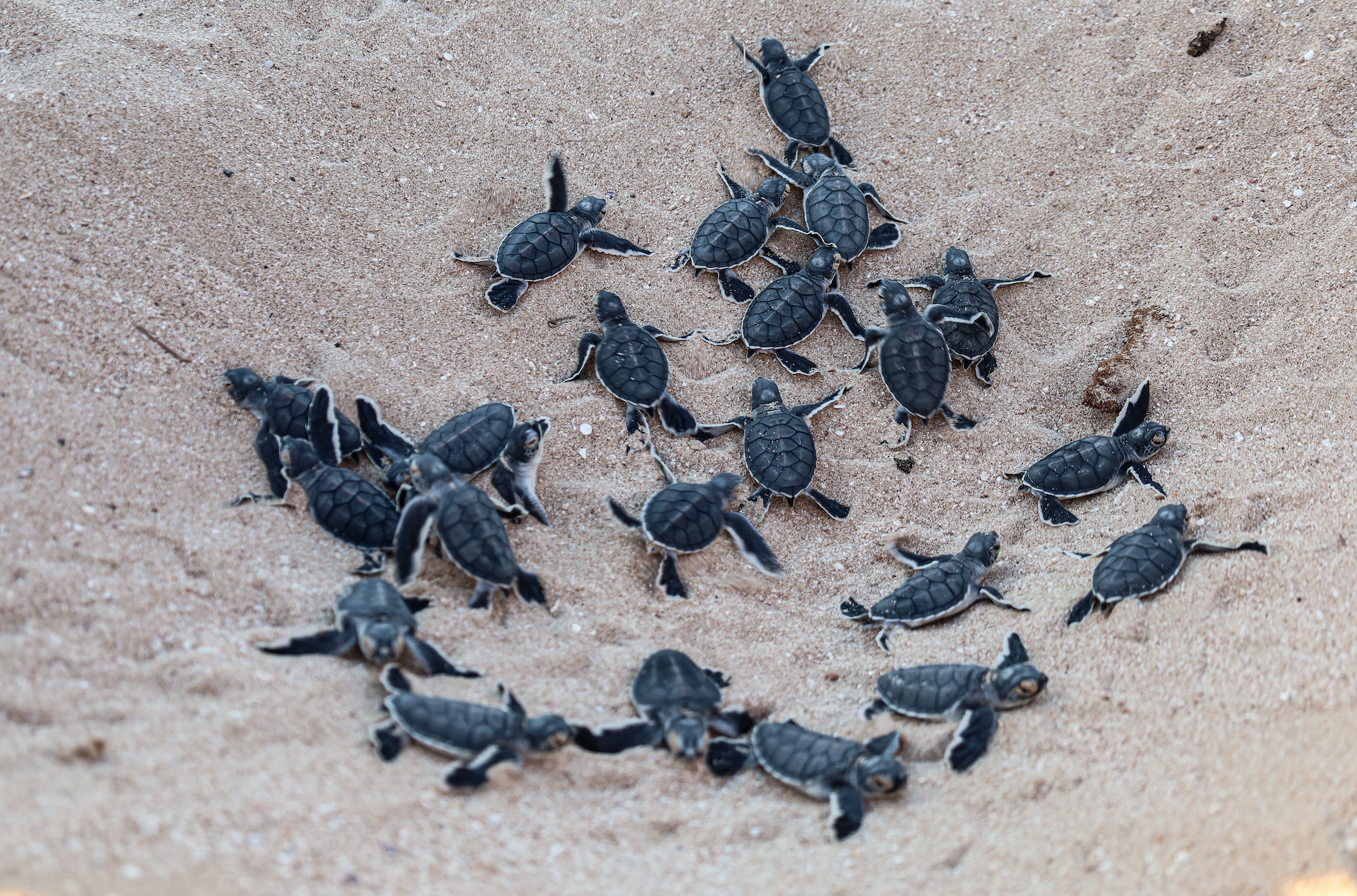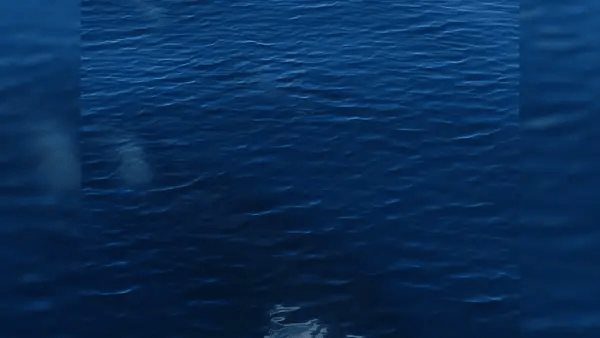7 MIN READ
6-01-2024
Unveiling the Wonders of the Sea:
A Comprehensive Guide to Sea Turtle Species
Henry Bliss, 4ocean Story Producer

Standing on the sandy shore, you watch in awe as a dark silhouette emerges from the turquoise waters. It's a sea turtle gliding gracefully through its natural realm. In that fleeting moment, you feel a deep connection to the wild, humbled by the beauty of this ancient mariner.
The sea turtle is a remarkable creature found in oceans worldwide. Known for their adaptations and lifespan, these marine animals captivate scientists and enthusiasts alike. Here's an in-depth look at these majestic creatures:
There are seven recognized species of sea turtles: Green sea turtle, Loggerhead sea turtle, Kemp's ridley sea turtle, Olive ridley sea turtle, Hawksbill sea turtle, Leatherback sea turtle, and Flatback sea turtle.
Green Sea Turtle (Chelonia mydas):
Named for the green color of its fat, the green sea turtle is one of the largest sea turtle species.
Habitat: Found in tropical and subtropical waters worldwide, often in coastal areas, bays, and lagoons.
Diet: Primarily herbivorous, feeding on sea grasses and algae, but may also consume jellyfish and other invertebrates.
Conservation Status: Listed as endangered due to habitat loss, poaching, pollution, and bycatch.
Unique Traits: Adults have a heart-shaped carapace and can stay submerged for extended periods due to special biochemical processes in the blood.
Loggerhead Sea Turtle (Caretta caretta):
Named for its large head, the loggerhead sea turtle is a medium to large-sized species.
Habitat: Found in temperate and tropical waters worldwide, often in coastal areas and open oceans.
Diet: Omnivorous, feeding on a variety of prey, including crabs, mollusks, jellyfish, and fish.
Conservation Status: Listed as vulnerable due to habitat degradation, accidental capture in fishing gear, and coastal development.
Unique Traits: Known for their powerful jaws, loggerheads have a reddish-brown carapace and are known to undertake long migrations.
Kemp's Ridley Sea Turtle (Lepidochelys kempii):
The smallest and most endangered sea turtle species is characterized by an almost circular carapace.
Habitat: Found primarily in the Gulf of Mexico and along the Atlantic coast of North America.
Diet: Feeds mainly on crabs but also consumes mollusks, jellyfish, and other invertebrates.
Conservation Status: Critically endangered due to egg harvesting, habitat loss, pollution, and accidental capture.
Unique Traits: Known for synchronized nesting, where large numbers of females nest simultaneously during arribadas.
Olive Ridley Sea Turtle (Lepidochelys olivacea):
Habitat: Found in tropical and subtropical waters of the Pacific, Indian, and Atlantic Oceans.
Diet: Omnivorous, feeding on various prey including crustaceans, jellyfish, fish, and algae.
Conservation Status: Listed as vulnerable due to incidental capture in fishing gear, egg harvesting, and habitat degradation.
Unique Traits: It is known for mass nesting events called arribadas, during which thousands of turtles come ashore to nest simultaneously.
Hawksbill Sea Turtle (Eretmochelys imbricata):
Characterized by a narrow, pointed beak and overlapping scutes on its carapace.
Habitat: Found in tropical and subtropical waters worldwide, often in coral reefs, rocky areas, and coastal habitats.
Diet: It is primarily spongivorous, feeding on sponges, but it also consumes other invertebrates, algae, and occasionally fish.
Conservation Status: They are critically endangered due to poaching for their beautiful shells, habitat loss, and climate change impacts.
Unique Traits: Hawksbills play a vital role in coral reef ecosystems by controlling sponge populations and maintaining ecosystem balance.
Leatherback Sea Turtle (Dermochelys coriacea):
The largest and most unique sea turtle species, characterized by a leathery shell and distinct ridges.
Habitat: Found in all oceans, from tropical to subpolar regions, often in pelagic and deep-water habitats.
Diet: Primarily jellyfish, but also consumes other gelatinous organisms, squid, and occasionally fish.
Conservation Status: Listed as vulnerable due to accidental capture in fishing gear, habitat degradation, and marine pollution.
Unique Traits: Leatherbacks lack a bony shell and instead have a flexible, rubbery carapace, allowing them to dive to great depths.
Flatback Sea Turtle (Natator depressus):
Characterized by a relatively flat, olive-colored carapace and a small head.
Habitat: This turtle is endemic to the continental shelf of northern Australia and Papua New Guinea.
Diet: Omnivorous, feeding on various prey including jellyfish, sea cucumbers, mollusks, and algae.
Conservation Status: Data is deficient due to limited research, but it faces threats from habitat degradation, pollution, and climate change.
Unique Traits: Flatbacks have a unique nesting behavior, often nesting during the day and in small groups. They have not been extensively studied compared to other sea turtle species.

Predatory Threats
Sea turtles face various predators at different stages of their lives:
Eggs: Eggs laid by female sea turtles are vulnerable to predation by animals such as raccoons, dogs, birds (like gulls and crows), crabs, and ants. These predators often dig up the nests and consume the eggs.
Hatchlings: Once hatchlings emerge from their nests and make their way to the ocean, they are preyed upon by numerous animals including birds, crabs, predatory fish, and mammals like raccoons and foxes. They are especially vulnerable during their journey from the nest to the ocean.
Juveniles: Young sea turtles in the ocean face threats from larger fish, seabirds, sharks, and marine mammals. They may also fall prey to larger sea turtles, particularly when they are smaller and more vulnerable.
Adults: While adult sea turtles have fewer natural predators due to their size and protective shells, they are still at risk of predation by large sharks, killer whales, and possibly saltwater crocodiles in certain regions. Human activities such as illegal poaching, accidental capture in fishing gear, and habitat destruction pose significant threats to adult sea turtles.

BRACELET OF THE MONTH
SEA TURTLE
Pull 5 pounds of trash from the ocean with our limited edition 2024 Sea Turtle Bracelet. Only available June 2024!
Shop Now + Clean the Ocean
Conservation Efforts
Habitat Protection: Establishing marine protected areas and nesting sanctuaries to safeguard critical habitats such as nesting beaches, feeding grounds, and migration corridors. These protected areas provide refuge for sea turtles and help mitigate the impacts of human activities.
Nesting Site Management: Implementing measures to monitor and manage sea turtle nesting sites, including beach monitoring programs, nest protection efforts (such as installing barriers and signage), and nest relocation to safer locations when necessary.
Community Engagement: Engaging local communities, stakeholders, and indigenous groups in sea turtle conservation efforts through education, outreach programs, and capacity building. Empowering communities to participate in monitoring, research, and habitat restoration initiatives can foster stewardship and support sustainable livelihoods.
Research and Monitoring: Conducting scientific research to better understand sea turtle biology, behavior, and population dynamics. Monitoring programs track sea turtle populations, nesting trends, and migration patterns to assess the effectiveness of conservation measures and inform management decisions.
Legislation and Policy: Enacting and enforcing laws and regulations to protect sea turtles from direct threats such as poaching, habitat destruction, pollution, and illegal trade in turtle products. International agreements such as the Convention on International Trade in Endangered Species of Wild Fauna and Flora (CITES) provide legal frameworks for regulating international trade in sea turtles and their products.


Conservation Efforts
Ingestion: Sea turtles often mistake plastic debris for food, especially plastic bags and other items that resemble jellyfish, a common prey item for some species. Ingesting plastic can lead to blockages in the digestive system, causing internal injuries, malnutrition, and even death. Additionally, plastics can release toxins, further harming the turtle's health.
Entanglement: Sea turtles may become entangled in discarded fishing nets, lines, and other plastic debris. These entanglements can cause injuries, amputations, and even death due to suffocation or drowning. Once entangled, turtles may struggle to swim, feed, or breathe properly, making them more vulnerable to predation and other threats.
Habitat Degradation: Plastic pollution can degrade sea turtle nesting habitats, such as beaches and coastal areas, by covering nesting sites with debris or altering sand temperature and moisture levels. This can disrupt nesting behaviors and reduce hatchling success rates, ultimately impacting population levels.
Microplastics: Sea turtles are also affected by microplastics, tiny plastic particles less than 5millimeters in size. These microplastics can be ingested directly or indirectly through contaminated prey. Once ingested, microplastics can accumulate in the turtle's tissues and organs, potentially causing long-term health effects and disrupting physiological functions.

With their ancient lineage and remarkable adaptations, sea turtles play a crucial role in shaping marine ecosystems but also face escalating threats from human activities such as plastic pollution, habitat destruction, and illegal exploitation. As custodians of the ocean we must acknowledge the vital importance of protecting sea turtles and preserving the intricate balance of marine ecosystems for generations to come.
We’re always on the lookout for incredible stories from our community! Pitch yours to our team at stories@4ocean.com



